High Income Family Pays More GST
Malay Mail (29/5/2014): The Goods and Services Tax (GST) goes into effect on April 1 next year but many Malaysians remain unsure whether the GST is a progressive or regressive tax system, and unsure about its impact on the people.
The GST mechanism and its implications may not be something straightforward for most people and, as pointed out by Royal Malaysian Customs Department’s GST director Subromaniam Tholasy, things become more complicated when people start talking of progressive and regressive tax systems without knowing what they are.
He pointed out that under a regressive taxation system, the medium and low-income groups bore much of the tax burden while under a progressive taxation system the high-income earners paid more taxes.
GST impact based on one’s spending
“GST is a broad-based consumer tax based on expenditure and not on income as misunderstood by some. This means if someone spends more on GST-imposed goods and services, thus the person will be paying more taxes.
“The confusion happens as some feel GST is based on income. If GST is based on income, every value added tax (VAT) or GST will appear more regressive and will burden the medium and low-income earners,” he said to Bernama.
The Royal Malaysian Customs and Ministry of Finance have conducted intensive study on GST implemented on 160 nations, and the study conducted pointed out that Malaysia’s GST model was progressive in nature.
Subromaniam said the International Monetary Fund (IMF) concurred with this finding. He went on to explain that in the event all goods and services were to be subject to GST without any exemptions, it was then considered regressive.
“Nonetheless when GST is implemented there will be many exemptions or zero GST that is bound to benefit the low and medium-income earners.
“Based on the spending patterns of low and medium-income earners, they hardly spend on non-essential items and services, or items that do not enjoy GST exemptions,” he said.
GST to replace Sales & Services Tax
Elaborating on other factors that contributed to the general public apprehension on GST, he said some feared that the GST would be implemented along with the existing Sales and Services Tax (SST).
“GST will replace SST. There is a general misconception that the GST will be implemented with the existing SST, and if this is true then it will burden the people and appear regressive,” he said.
Speaking on the existing SST, Subromaniam said that while both taxes were progressive in nature, the government wanted to go ahead with GST to restructure the national taxation system.
The restructuring of the national taxation system is seen crucial in overcoming the loopholes with SST and to ensure an effective, efficient and transparent tax system to enhance the nation’s competitiveness.
Among the shortcomings of the existing taxation system is that of overlapping taxation and multi-level taxation, transfer pricing and value, and no tax exemption on exports.
“GST is more effective as it will help to reduce the bureaucratic hassle and enhance tax compliance within the society.
“Apart from that there would be greater transparency on the pricing as all business transactions would be recorded on invoice receipts that will be audited by the Customs Department,” he said.
Household income
Subromaniam said based on the accumulated data, the tax burden on households with an income of RM2,000 per month was only 2.59 per cent while for those with an income of RM12,000 it was 4.14 per cent per month.
He said with a GST rate of 6 per cent, the tax paid by households with RM2,000 income was RM39.16 per month while for the households with RM12,000 income it was RM345.06 a month — nine times greater.
“Households with an income of RM2,000 spend about 32 per cent of the total purchase on items with zero GST and 32.63 per cent on GST-imposed items.
“Households with an income of RM12,000 only spend about 12.15 per cent of their total income on GST-exempted goods while 63.90 per cent of the spending is on GST-imposed items.” he said.
Among the things exempted from GST are basic necessities like rice, sugar, salt, flour, cooking oil, lentil, spices, salted fish and shrimp paste.
Government services like the issuance of passport, licence, healthcare services, learning in school; transport services like bus and train, highway tolls and education services are exempted from GST.
Refer to the facts
“The public have to seek knowledge on GST to understand the system better and should avoid listening to hearsay that GST will benefit the rich and burden the poor.
“It is undeniable that GST has an impact on the medium and low-income earners but the impact is very small on them compared with the impact on high-income earners.
“In spite of the negligible impact of GST on the low and medium-income group, the government will continue with the special cash assistance among others the Bantuan Rakyat 1Malaysia (BR1M) and RM300 cash for BR1M recipients when GST is implemented,” he said.
GST has been implemented in 160 nations and the rate of 6 per cent is the lowest in the world compared with Singapore (7 per cent) and 10 per cent in Indonesia, the Philippines, Thailand, Cambodia, Laos and Vietnam. — Bernama
Note from Author: GST will be charged via Tax Invoice issued by the merchants. You will see the total GST charged from the tax invoice given.
Source: themalaymailonline


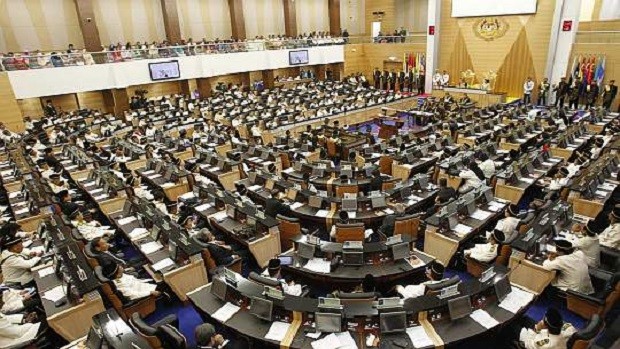 Parliament: GST Bill passed in Dewan Rakyat
Parliament: GST Bill passed in Dewan Rakyat  KPMG: Malaysians may need 2 years to adapt GST
KPMG: Malaysians may need 2 years to adapt GST 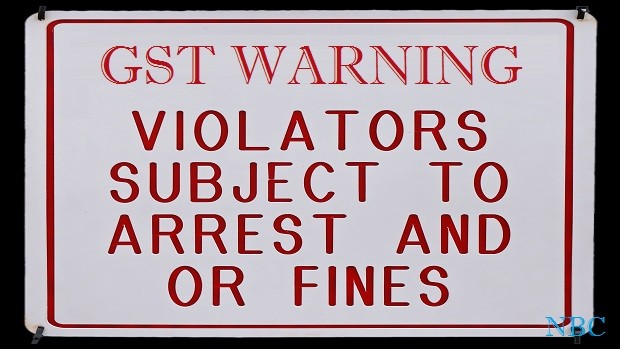 Enforcement key to GST implementation
Enforcement key to GST implementation 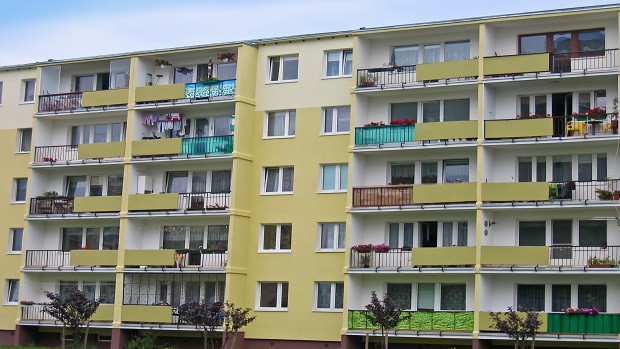 Condo, Apartment & Flat Residents: You Have to Pay GST for Maintenance Fees
Condo, Apartment & Flat Residents: You Have to Pay GST for Maintenance Fees 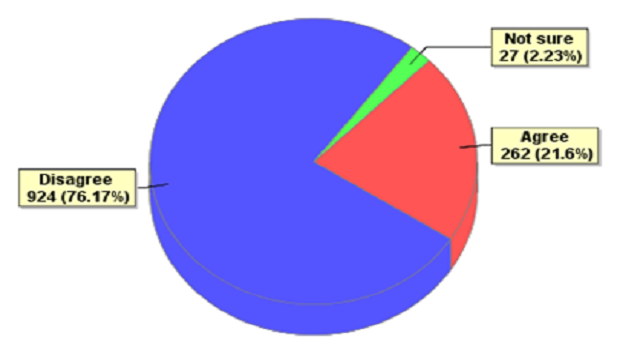 Do you agree that GST should be implemented in Malaysia?
Do you agree that GST should be implemented in Malaysia? 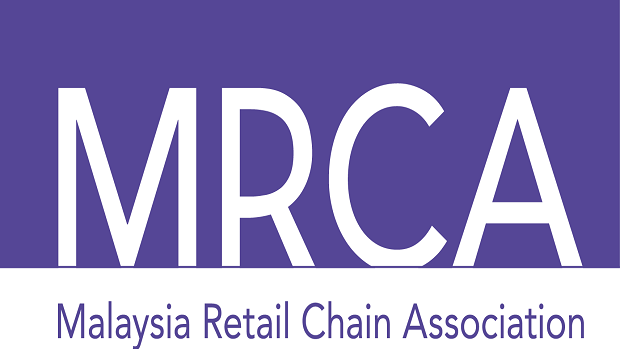 GST to affect retailers in short to medium term
GST to affect retailers in short to medium term  Rafidah: More Simplified GST Information, Not Billboard!
Rafidah: More Simplified GST Information, Not Billboard! 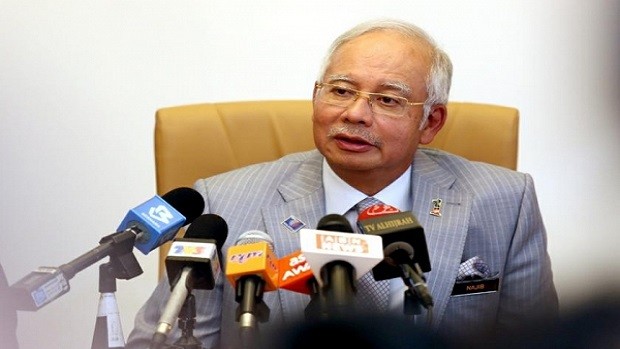 PM: RM1,000 Subsidy For GST Accounting Software
PM: RM1,000 Subsidy For GST Accounting Software 